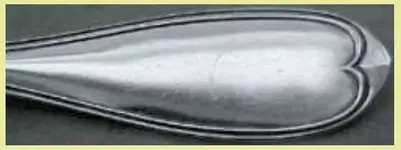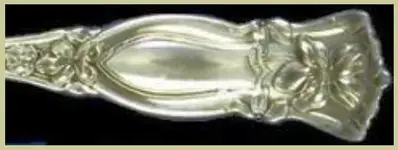HI-McDunnogh
Full Member
Dug these two, what I believe are silver, forks yesterday.
The one with more patina says Wm. A Rogers | German Silver . I found a little on Wm. A Rogers, but nothing with German Silver.
The cleaner one says ROGERS & BRO A1. "Established in 1858 at Waterbury by Asa Jr. and Simeon Rogers. Until 1874 the firm was only a flatware manufacturer. It was one of the original companies becoming part of International Silver Co. in 1898."
If anyone has any further info. on these pieces it'd be appreciated!
The one with more patina says Wm. A Rogers | German Silver . I found a little on Wm. A Rogers, but nothing with German Silver.
The cleaner one says ROGERS & BRO A1. "Established in 1858 at Waterbury by Asa Jr. and Simeon Rogers. Until 1874 the firm was only a flatware manufacturer. It was one of the original companies becoming part of International Silver Co. in 1898."
If anyone has any further info. on these pieces it'd be appreciated!
Attachments
-
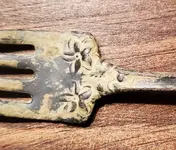 20220126_073242.webp557.4 KB · Views: 104
20220126_073242.webp557.4 KB · Views: 104 -
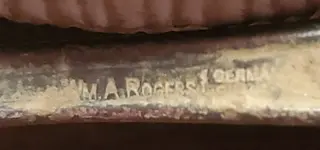 20220126_073149.webp53.5 KB · Views: 56
20220126_073149.webp53.5 KB · Views: 56 -
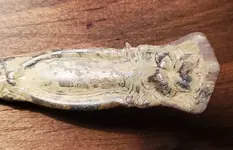 20220126_073227.webp403.4 KB · Views: 62
20220126_073227.webp403.4 KB · Views: 62 -
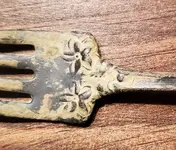 20220126_073242.webp557.4 KB · Views: 63
20220126_073242.webp557.4 KB · Views: 63 -
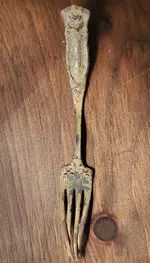 20220126_073251.webp822.2 KB · Views: 50
20220126_073251.webp822.2 KB · Views: 50 -
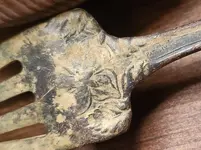 20220126_073327.webp464.6 KB · Views: 67
20220126_073327.webp464.6 KB · Views: 67 -
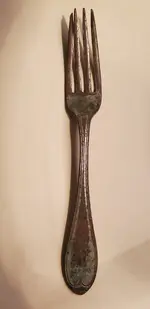 20220126_073639.webp214.5 KB · Views: 63
20220126_073639.webp214.5 KB · Views: 63 -
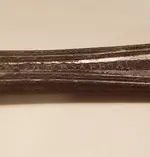 20220126_073724.webp90.8 KB · Views: 54
20220126_073724.webp90.8 KB · Views: 54 -
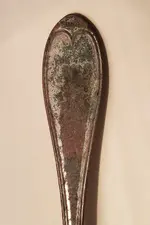 20220126_073813.webp223.8 KB · Views: 63
20220126_073813.webp223.8 KB · Views: 63
Upvote
9



